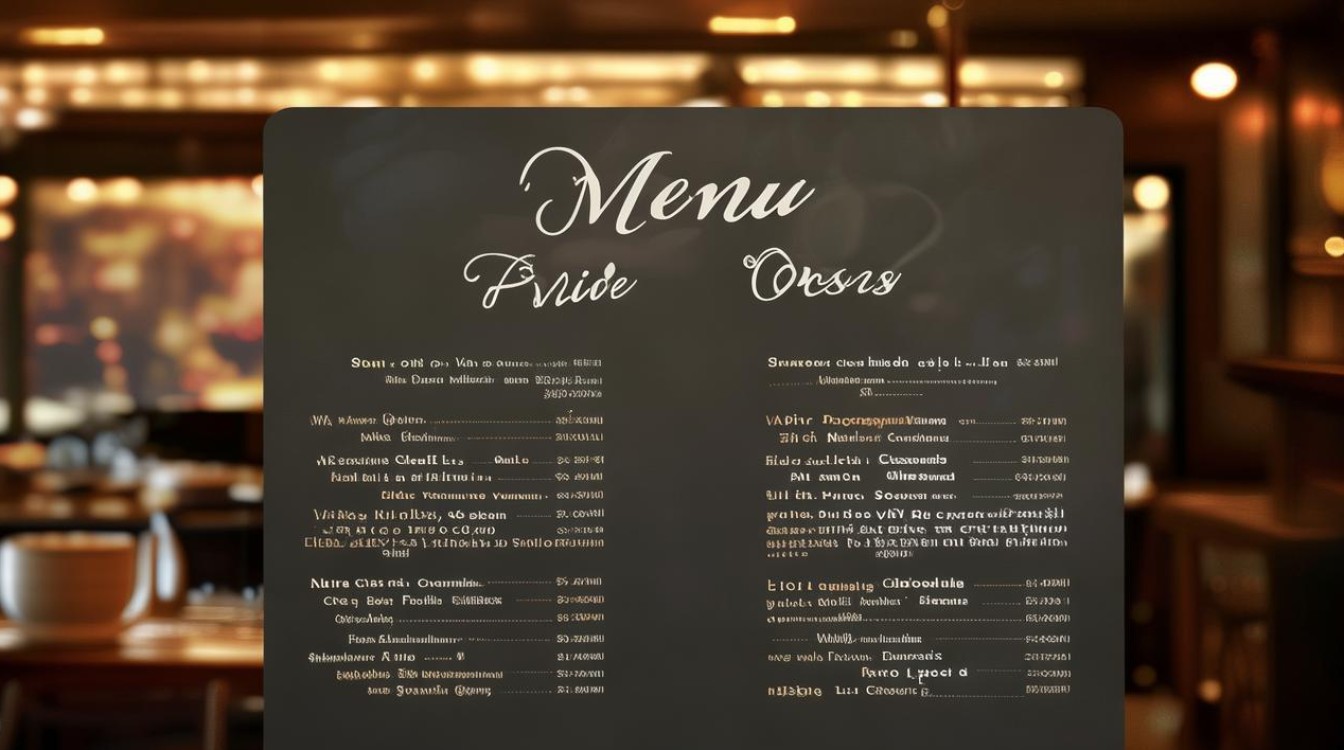Whether you're traveling abroad, dining in an international restaurant, or simply practicing English, knowing how to write food-related vocabulary correctly is essential. This guide covers the most useful English words and phrases for ordering meals, ensuring clarity and confidence in any dining scenario.
Basic Food Ordering Vocabulary
- Menu – The list of dishes available at a restaurant. Example: "Could I see the menu, please?"
- Appetizer / Starter – A small dish served before the main course. Example: "We’d like the garlic bread as an appetizer."
- Main Course / Entrée – The primary dish of a meal. Example: "I’ll have the grilled salmon as my main course."
- Dessert – A sweet dish served at the end of a meal. Example: "Do you have any chocolate desserts?"
- Beverage / Drink – Any liquid consumed with a meal. Example: "I’d like a sparkling water as my beverage."
Common Food Categories
-
Meat Dishes

- Steak – A slice of high-quality beef.
- Chicken – Poultry often grilled, fried, or roasted.
- Pork – Meat from pigs, used in dishes like ribs or chops.
-
Seafood

- Salmon – A popular fish, often grilled or baked.
- Shrimp – Small shellfish, commonly fried or grilled.
- Lobster – A luxury seafood item, usually boiled or steamed.
-
Vegetarian Options

- Salad – A mix of fresh vegetables, sometimes with toppings.
- Tofu – A soy-based protein used in many vegetarian dishes.
- Pasta – Noodles served with various sauces.
Useful Phrases for Ordering
- "I’d like to order…" – A polite way to request a dish.
- "Could I have…?" – A more formal request.
- "What do you recommend?" – Asking for the server’s suggestion.
- "Is this dish spicy?" – Checking the flavor profile.
- "Can I get this to go?" – Requesting takeout instead of dining in.
Spelling Mistakes to Avoid
- Dessert vs. Desert – "Dessert" (sweet course) has two S’s, while "desert" (sandy area) has one.
- Appetizer vs. Appetiser – Both are correct, but American English uses "appetizer," while British English uses "appetiser."
- Pasta vs. Paste – "Pasta" refers to noodles, while "paste" is a thick adhesive.
Regional Variations in Food Terms
- French Fries (US) vs. Chips (UK) – Thin fried potatoes are called "fries" in the U.S. and "chips" in the U.K.
- Cookie (US) vs. Biscuit (UK) – Sweet baked goods are "cookies" in America but "biscuits" in Britain.
- Eggplant (US) vs. Aubergine (UK) – The purple vegetable has different names depending on the region.
How to Politely Modify Orders
- "No onions, please." – Requesting an ingredient to be omitted.
- "Can I substitute fries for a salad?" – Asking for a side dish change.
- "Is it possible to make this less salty?" – Adjusting seasoning preferences.
Handling Dietary Restrictions
- "I’m allergic to nuts." – Alerting staff to a serious allergy.
- "Is this dish gluten-free?" – Checking for gluten content.
- "Do you have vegan options?" – Inquiring about plant-based meals.
Paying the Bill
- "Check, please." – Requesting the bill (common in the U.S.).
- "Could we split the bill?" – Asking to divide payment among diners.
- "Do you accept credit cards?" – Confirming payment methods.
Mastering these words and phrases ensures smooth communication in restaurants. Correct spelling and pronunciation help avoid misunderstandings, making dining experiences more enjoyable. Whether you're a tourist or a language learner, this knowledge enhances confidence when ordering food in English.




